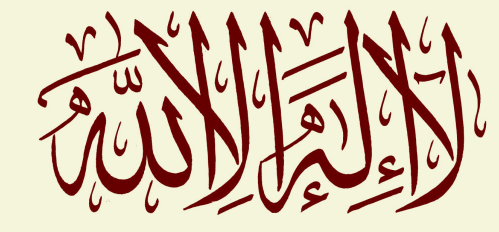Tag Archive for: Sufi Art
“Caring for the Ill” – Kristin Zahra Sands
Abstract:
“God will say on the Day of Resurrection, “O child of Adam, I was sick but you did not visit me.” [The child of Adam] says, “My Lord, how could I visit you when you are the Lord of all beings?” God says, “But didn’t you know that my servant so-and-so was sick and yet you did not visit him? Did you not know that if you had visited him, you would have found me present with him? O son of Adam, I asked you for food but you did not feed me.” [The child of Adam] says, “My Lord, how could I feed you when you are the Lord of all beings?” God says, “Didn’t you know that my servant so-and-so asked you for food and you did not feed him? If you had given him food, you would have found that in my presence. O son of Adam, I was thirsty but you did not give me water.” [The child of Adam] says, “My Lord, how could I give you water when you are the Lord of all beings?” He says, “My servant so-and-so asked you for water but you did not give it to him. If you had given him water, you would have found that in my presence.”
The Divine Word in Islamic Art – Seyyed Hossein Nasr
The Divine Word and Islamic Art
The Word of Allah is the origin and principle of Islamic art par excellence. Just as the Word descends from the unseen and unmanifest order to the visible and material realm, so too does the art that is based upon it descend from the ‘formless’ sonoral level to the formal visual plane. And just as the Word, once having entered the formal plane of calligraphy, ‘develops’ horizontally by becoming ever more complex, similarly Islamic art unfolds its diverse possibilities through the course of history and in numerous Muslim cultures. By continuously reaffirming the presence of the One in the many and Unity in diversity, Islamic art, through its multifarious forms, allows for all Muslims to gain access to the spiritual journey back to the Origin from which the Divine Word issues.
The Wine Song (Khamriyyah) of Ibn Al-Farid
Shaykh Umar Ibn al-Farid was an Egyptian scholar of Islamic law, and a teacher of Hadith. His poetry is considered by many to be the the very height of Arabic Sufi literature.
The Mystic Rose Garden (Gulshan i Raz) by Mahmud Shabistari
The Gulshan i Raz is a collection of poems written in 1317 A.D. (717 A.H.) by Shaykh Sa’ad Al-Din Mahmud Shabistari in the mathnawi form. It is considered to be one of the greatest Persian works of Sufism. The poem is in response to a series of fifteen questions on Sufism asked of Shabistari by the scholar Rukh Al-Din Amir Husayn Harawi.
